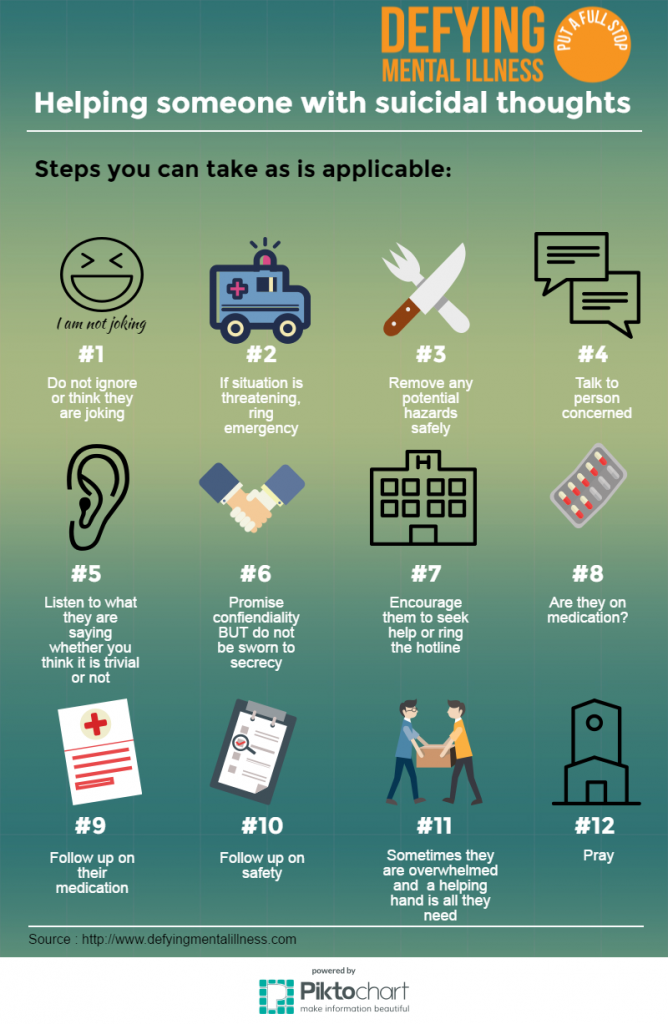Best Therapy For Teenagers
Best Therapy For Teenagers
Blog Article
Exactly How Does Crisis Treatment Work?
The first step in dilemma treatment includes guaranteeing that the customer is safe. This can consist of assessing for variables like agitation or accessibility to dangerous things.
The following action involves learning more concerning the client's current troubles. This is typically done through active listening and empathy. This can help the dilemma -responder find out how the scenario intensified to a crisis.
De-escalation
Several aspects can cause a person to go into a state of situation. These factors may entail a loss of control, lack of resources or sensations of fear and anxiousness. Typically, people that are in a state of situation need prompt assistance and assistance.
To de-escalate a crisis situation, the very first step is to make sure that the client is risk-free and secure. This can consist of getting them right into a mental health and wellness clinic or various other treatment program. It might also include giving help and solutions, such as shelter and food.
As soon as the client is securely in a safe setting, the crisis treatment employee can begin analyzing their emotions and demands. This includes evaluating the precipitating occasion, the client's understandings of the meaning and reason of the case, and the amount of subjective distress. This info will certainly help the situation intervention worker create an action plan to decrease distress and improve working. They might also ask the customer to recommend healthy or flexible cognitions concerning their current circumstance.
Relationship building
Connection is a soft ability that helps you develop trust fund and establish two-way communication. It is additionally a key part of building partnerships at the workplace. It's a required ability for all employee, but it's particularly crucial for customer-facing specialists and people in leadership placements.
Relationship structure includes producing a secure, nonjudgmental space where clients can discuss their sensations and share their experiences. It concentrates on compassion, validation and useful support. It additionally aims to empower clients by supplying details concerning local resources and services, such as dilemma therapy or walk-in facilities.
Some customers are reluctant to talk about sensitive or personal topics, so it is necessary to take their lead. It is additionally advisable to ask questions that are clear and concise. By doing this, customers will certainly recognize what is being claimed and can really behavioral health treatment near me feel comfy sharing their thoughts and feelings. It's also useful to encourage customers regarding top quality analysis product that can help them manage their situations.
Analytical
The problem-solving process assists individuals acknowledge troubles and make strategies to resolve them. It is a critical part of crisis intervention. This process involves assessing lethality, establishing connection, and going over the crisis circumstance. It likewise includes energetic listening and compassion. This kind of listening is a vital step in the dilemma intervention process because it requires you to put the client and their sensations initially. It additionally urges you to get rid of any type of predispositions and judgment that might obstruct of establishing a trusting relationship.
It is necessary to review the customer's assumption and analysis of the event that resulted in the dilemma. The crisis worker should work to recognize and resolve cognitive errors and help the customer establish a much more adaptive frame of reference. This may entail reviewing favorable coping approaches, which can be beneficial in minimizing the level of distress. It can likewise involve discovering different coping methods that the client may have attempted.
Follow-up
Throughout this step, the crisis treatment employee helps clients recognize their resources and support systems. They additionally urge the client to use flexible coping methods. They also reframe their negative attitude patterns and help them establish reasonable frames of reference for the scenario.
In this step, the crisis employee verifies the client's emotions and experiences and comforts them that they will get better. This action additionally includes establishing an unconditional favorable respect for the customer and showing that they respect them.
It is very important for the client to really feel safe and comfy. To accomplish this, the crisis therapist should reveal empathy and active listening abilities. Then, they have to help the customer determine any kind of triggers for self-destructive thoughts. Lastly, they must give a follow-up plan to stop suicide and deal recommendations if necessary. To execute this model, therapists need a recording solution that enables them to keep in mind promptly and effectively. This permits them to focus on their customer's needs as opposed to navigating a challenging documentation system.